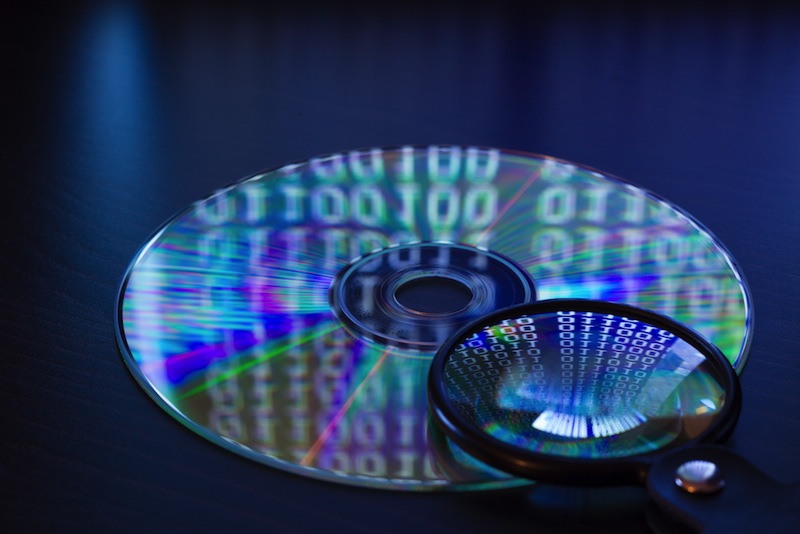How Blu-ray Discs Can Improve Solar Panels

Blu-ray discs could help make the solar cells used in solar panels more efficient, researchers say.
Solar cells rely on materials that convert photons of light into electricity. Prior research had revealed that if microscopic structures that are only nanometers (billionths of a meter) high are placed on the surface of solar cells, they can scatter light in ways that increase the cells' efficiency.
The best patterns of nanostructures to place on solar cells are quasi-random ones — patterns that are neither too orderly nor too random. Patterns that are too orderly only help concentrate single wavelengths of light, while patterns that are completely random concentrate the wavelengths seen in sunlight and inefficiently concentrate relatively useless wavelengths. [Top 10 Craziest Environmental Ideas]
"For solar cell applications, we want to enhance light absorption over the entire solar spectrum — wavelengths from about 350 nanometers to 2,300 nanometers," said study co-author Jiaxing Huang, a materials scientist at Northwestern University in Evanston, Illinois.
Very expensive fabrication techniques are usually needed to create quasi-random patterns suitable for solar cells, thus limiting their widespread application. Now, Huang and his colleagues have found that Blu-ray discs may help create such patterns far more inexpensively.
Blu-ray discs can hold more data than CDs or DVDs can. They encode data using microscopic pits only 25 to 30 nanometers deep and 75 nanometers long. These pits, and the islands between them, together represent the 0s and 1s of binary code that computers use to symbolize information.
The researchers used a Blu-ray of "Police Story 3: Supercop," starring Jackie Chan, to create a mold for a quasi-random surface texture that they placed on a solar cell. They found that this pattern boosted light absorption significantly — by 21.8 percent over the entire solar spectrum, more so than either a random pattern or no pattern.
Get the world’s most fascinating discoveries delivered straight to your inbox.
"The big surprise is that the pattern worked so well," Huang told Live Science.
In tests of a wide range of movies and television shows, the researchers found that it didn't matter which video content was on the Blu-ray discs; they all worked equally well to enhance the light absorption in the solar cells. Instead, the secret lies in the algorithms used to encode data on Blu-rays, which turn data into quasi-random patterns that are "surprisingly well-suited for light-trapping over the solar spectrum," Huang said.
Because Blu-ray manufacturing is already suitable for mass production, this finding may provide a cost-effective way to improve solar cells, the researchers said. Although the researchers conducted their experiments on polymer solar cells, they said their calculations suggest that Blu-ray patterns also could work with other common types of solar cells.
The scientists detailed their findings online today (Nov. 25) in the journal Nature Communications.
Follow Live Science @livescience, Facebook & Google+. Original article on Live Science.



